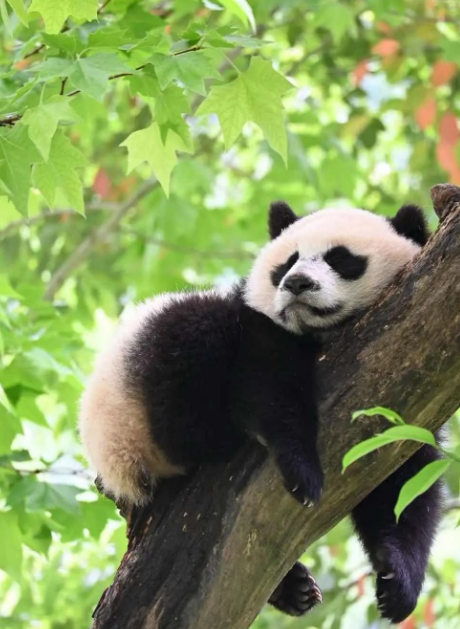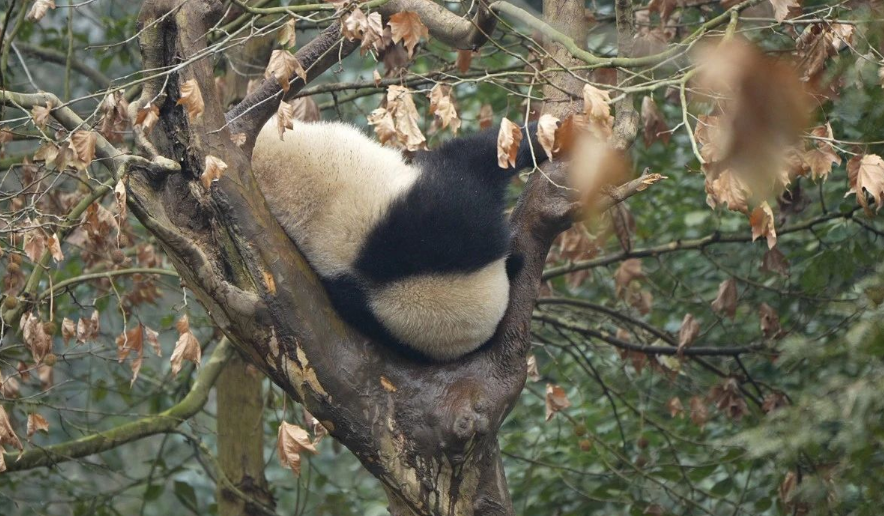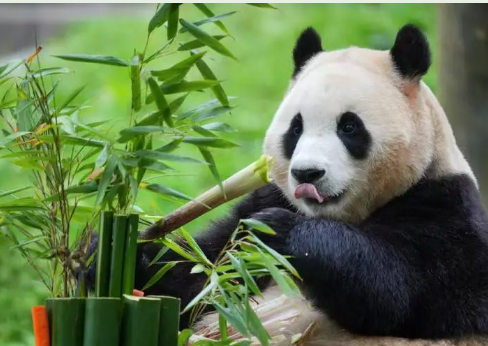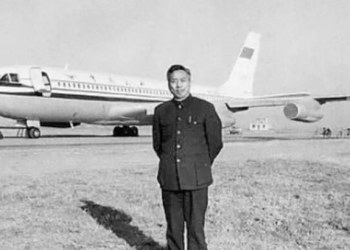In this world, there exists an animal that doesn’t need to try to impress humans. It doesn’t rely on intelligence, vibrant feathers, or dramatic behaviors. All it needs to do is sit quietly, slowly chew on bamboo, and it effortlessly wins the gold medal for cuteness.
That animal is the giant panda.
Let’s begin with what makes us fall in love at first sight — scientifically.
Studies show that when humans see “infant-like features,” such as large eyes, round faces, small limbs, and soft movements, we instinctively feel affection and a desire to protect. Pandas check all those boxes.
Their distinct black-and-white facial patterns and low-saturation colors give them high visual appeal. Baby pandas, with their clumsy steps and wobbly balance, practically radiate softness and vulnerability.
But cuteness isn’t just about looks — it’s also emotional.

While we associate pandas with cuteness, we often forget they are one of the oldest bear species on Earth.
Fossil records show their ancestors date back millions of years. Surprisingly, they were once carnivorous. Over time, pandas chose a difficult evolutionary path — relying almost entirely on low-nutrition, high-fiber bamboo. To do this, they developed a pseudo-thumb for grasping bamboo and powerful jaw muscles to chew tough stalks.
But this choice also came with a price: long eating hours, low reproduction rates, solitary living, and high infant mortality. A species completely out of sync with modern life, and yet, precisely because they are slow, gentle, and pure, they have become emotional comfort animals for humanity.
In ancient China, pandas were known by many names — “pi xiu,” “mo,” or even “white tigers.” They were mysterious, rare creatures living deep in the mountains, sometimes mistaken for fierce beasts.
It wasn’t until the 20th century that pandas entered public imagination. In 1936, a panda named “Su Lin” was brought to the U.S., sparking the first wave of panda mania in the West. From that moment on, pandas became global celebrities.
 If cats are diplomats through aloofness, pandas are ambassadors simply by being themselves.
If cats are diplomats through aloofness, pandas are ambassadors simply by being themselves.
In the 1970s, as China and the U.S. began to rebuild ties, Chairman Mao gifted two pandas — Ling Ling and Xing Xing — to America. Thus began the era of “panda diplomacy.” Over the years, pandas have been lent to Japan, France, Germany, and more — each time signaling goodwill and trust.
A panda is not a commodity. It is a cultural symbol that travels the world.
Perhaps because pandas are so beloved, we forget they’re still vulnerable.
Although their conservation status was downgraded from “endangered” to “vulnerable,” the wild population is only around 2,000. Climate change, habitat loss, and fragmentation remain serious threats.
Thankfully, China has created over 60 panda reserves and launched the Giant Panda National Park project to connect habitats and promote breeding in the wild. Many captive-born pandas are now being released into the wild — a sign of cautious optimism.
But all this requires patience, funding, and global cooperation.
In many ways, the panda has become a mirror for human emotions.
We project nostalgia, peace, slowness, and a yearning for innocence onto this black-and-white bear. It reminds us that softness is not weakness. That stillness is not stagnation. That peace is a strength.
When a panda tumbles, rolls over, or clumsily gets back up — it’s as if it’s whispering to us: “It’s okay to be awkward. As long as you keep trying, you are lovable.”











